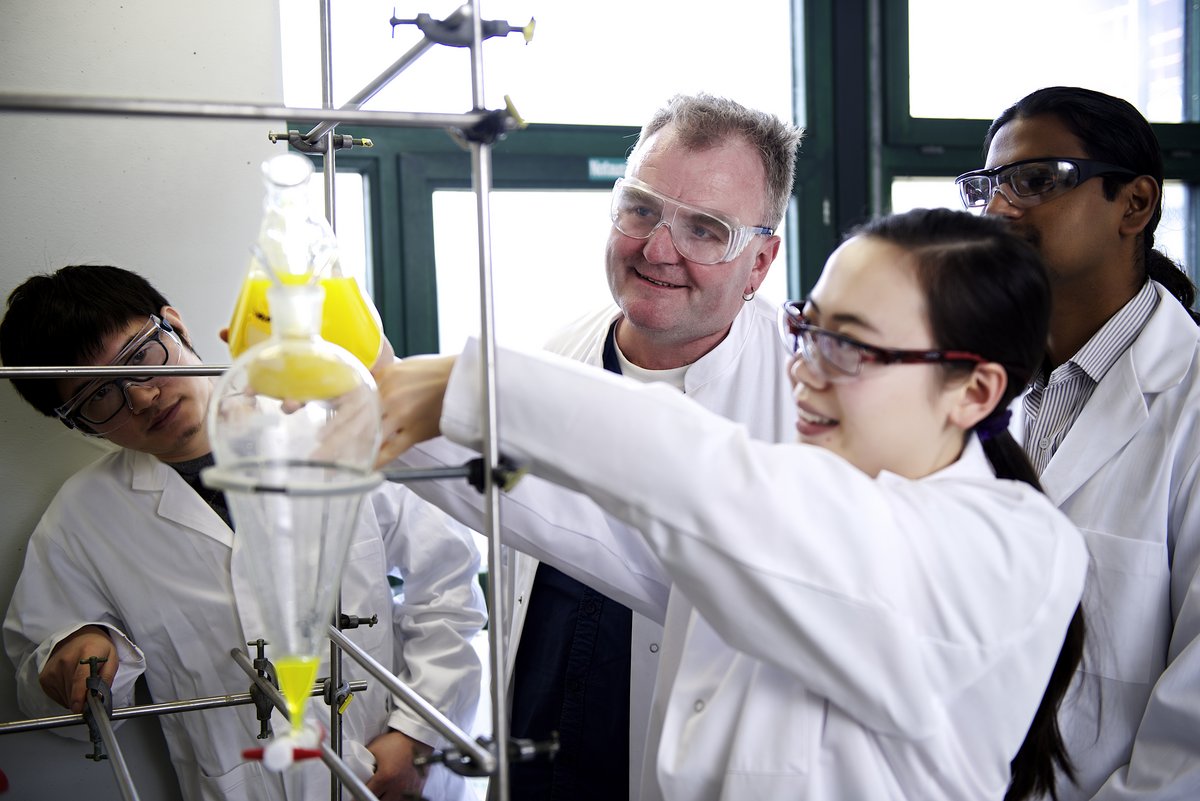A thorough understanding of crystallisation and its mechanisms opens up a whole new world of possibilities for the synthesis of highly optimised materials.
Cement à la sea urchins
Sea urchin spicules are actually made of lime. Nothing more, and nothing less. But thanks to their special mesocrystal structure, they’re very hard to break. Prof. Helmut Cölfen investigated this nanoscopic structure, transferred his insights to cement – and turned a biomineral structure into a break-proof high-tech building material.
“Our research concentrates on crystallisation – from nucleation to factors that influence crystal growth. The main focuses are on non-classical crystallisation, biomineralisation and nanostructured organic-inorganic hybrid systems,” explains Cölfen, describing his team’s research. “We also develop detectors and methods for high resolution polymer and particle analysis such as analytical ultracentrifugation and field flow fractionation.”
And break-proof cement is only the start. “A thorough understanding of the processes behind crystallisation will make possible the synthesis of highly optimised crystalline materials in a wide range of fields, from new energy storage devices to bone implants and self-healing teeth,” predicts Cölfen. Not without reason is he listed by Thomson Reuters and the Times Higher Education Index amongst the world’s top 100 chemists with the highest citation impact scores between 2000 and 2010.

